Review: Palm Phone for Verizon Wireless
Lock Screen
Believe it or not, this little guy has what I'd call a stock Android lock screen. It covers the basics and then some.
Lock Screen
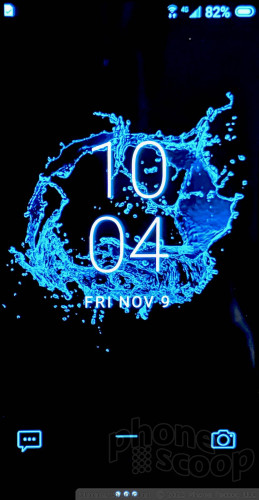
The Palm supports an ambient display that will show you the time, date, and incoming notifications if you wish. It sits dark most of the time, but will flash this information when you get an email or similar. There's an option to leave it off.
You have to press the button on the right side to actually wake the phone from slumber. This reveals the full lock screen, which includes wallpaper, and shortcuts to the messaging app and camera. You can't adjust anything other than the wallpaper. I'm glad you can access the notification shade from the lock screen.
I'm stunned that a phone this small supports facial recognition where some modern flagships don't. Like most facial recognition tools, you have to train the Palm to learn your face. You can have it scan your face twice for improved performance. It works pretty well. The Palm unlocked itself pretty much as soon as I picked it up and brought it close to my face. Palm warns, however, that it can be fooled by a photo or even someone who looks similar to you. Eep.
There is no fingerprint reader, but the facial recognition is fast enough I don't think you need it. You can also opt for PIN, pattern, password if you prefer.
Home Screens
About the only thing that's non-standard in the user interface is the actual home screen. Everything else — settings, Quick settings, Google Feed — behave just as they do on every other Android phone. They're just smaller on the Palm.
Home Screen
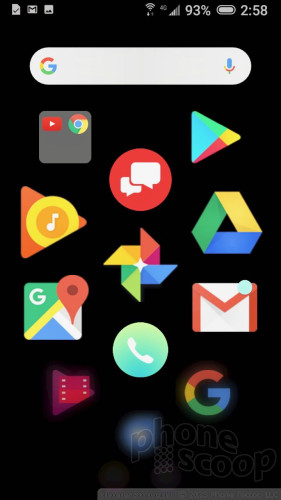
Where the typical Android home screen includes additional home screen panels, widgets, a dock, and perhaps an app drawer, the Palm simply puts everything on a single home screen. It's arranged in a vertical carousel that you can flick through to find your apps. I really like the animation of the carousel as it rotates upward. You can arrange apps in the carousel however you wish, and it even supports folders.
Palm built a clever shortcut into the carousel that I appreciate: a really quick flick upwards takes you down to what I'll call a crease in the carousel. The settings and tools for customizing the home screen are anchored here. It means you don't have to move the settings icon to the top of the carousel, which you might wish to reserve for other apps. Below the crease, Verizon has anchored its own apps for managing your account and other Verizon services.
Settings Below Carousel
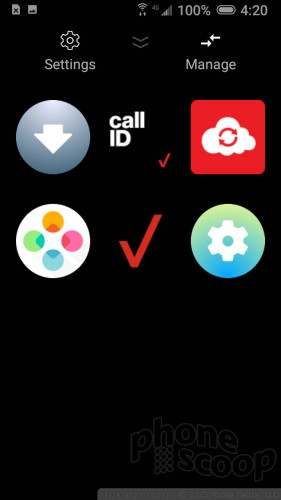
A search bar sits at the top of the home screen, above the carousel. You can change the size of the search bar, but not its position. The Quick Settings / notification shade drops down from the top of the screen and includes a standard set of controls. There is a slider here for adjusting volume. You have to pull the Quick Settings menu down all the way (twice, effectively) to find the brightness slider. The screenshot tool is also buried here.
Quick Settings
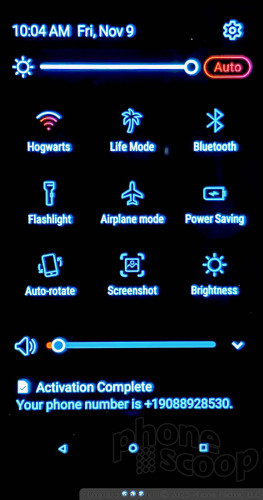
The Google Feed is available as a separate panel to the left of the home screen. It feels crammed.
Google Feed
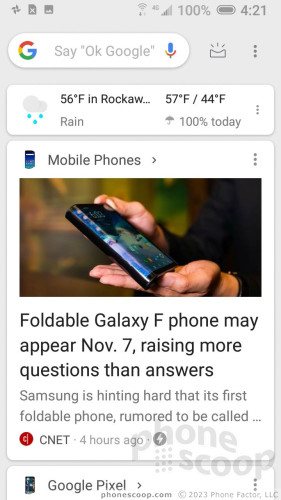
The settings menu is packed densely, and the volume of information necessitates small fonts (even if you've set the fonts to their largest size). It's probably easier to use the search bar at the top to find what you want.
Settings
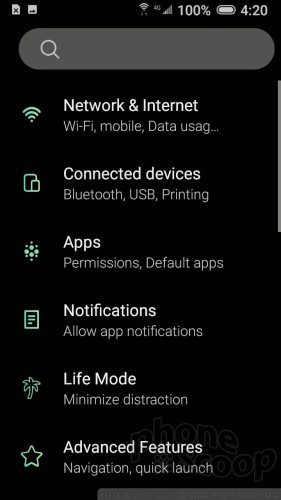
You have a couple of choices for general navigation. By default, the phone places three small dots at the very bottom of the display. One tap takes you back a screen, two taps take you to the home screen, and a long press opens the app-switcher. The single- and double-tap actions work inconsistently at best, and sometimes not at all, which left me pecking at the screen heatedly. Alternately, you can opt to force Android's three software icons (back, home, app-switcher) to appear at the bottom of the screen. These buttons are ridiculously small, but work more consistently.
In a gesture (heh, get it?) to the Palm of old, you can open a small square window at the bottom of the screen that lets you draw letters; real letters, mind you, not Palm Graffiti. Drawing the letter "S" for example will quickly search the phone for all apps that start with S. Getting the gesture window to open requires swiping up on a small software bar so thin it's hardly visible. It's not easy to open. I'm pretty sure the only reason this feature exists is to serve as a tip of the hat to Palm's legacy. Also, if you've loaded so many apps onto the Palm that you can't find them quickly via the home screen app carousel, you're missing the entire point of this phone.
Gesture Box
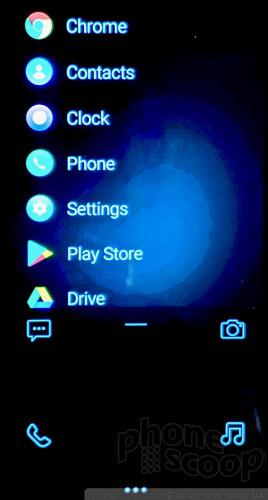
As far as performance, well, the Palm isn't quite where it needs to be. It has an octa-core Qualcomm Snapdragon 435 processor with 3 GB of memory, a combo that merrily powers many mid-range devices. Here, it just doesn't get the job done. The home screen feels spry, but nearly everything else is slow. My biggest frustration is the phone's poor ability to respond to touch input.
Camera
The camera app is pretty straightforward. You can press the screen lock button and fumble with the shortcut at the bottom of the screen. It takes a moment longer than it should to react. Deep in the settings menu you can opt to open the camera with a double-press of the screen lock button. This is the fastest way to open the app.
Camera
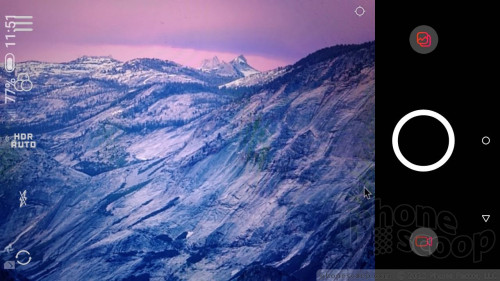
The layout is as basic as it gets. The on-screen controls include filters, HDR, flash, and settings. I'm glad the HDR and flash can be set to "auto".
Shooting modes include auto, video, manual, panorama, collage, light trace, and beauty. The auto, video, and pano modes are more or less like every other. Point the camera, shoot the picture.
The manual mode lets you control focal length (near or far), white balance, exposure, shutter speed, and ISO. The shutter speed ranges from one-quarter of a second to 1/8000 of a second. You can adjust any or all of these.
Light trace is on board specifically to record streaky lights at night. It sets a long shutter time, so it's best if you have a tripod or equivalent. The collage tool should be pretty familiar, it lets you take a quick series of shots and it then instantly arranges them into a square. The beauty mode is for selfies and lets you smear over your wrinkles and moles.
While the app is laid out plainly, it's just too slow. It's slow to react to screen presses, and slow to open/close windows and switch modes. It also takes too long to focus, shoot, and save pictures before it lets you take another photo.
Photos/Video
Be sure to check the settings before you do anything. The default resolutions are all cranked down for whatever reason.
The phone has a 12-megapixel camera with LED flash.
It's pretty rough. Photos I took outdoors under the sun weren't too bad apart from some grain. Indoor shots are just a noisy mess, with lots of underexposure. Few of the photos were truly sharp. White balance looked decent.
The selfie cam, which has an 8-megapixel sensor and its own beauty mode, is worse. Nearly every picture is saturated with grain and underexposed.
The phone can capture up to 1080p video with the main camera and 720p video with the selfie camera. Neither is very good. You'll get passable results that meet the basics of recording a scene or event, but you're not going to impress anyone.
Stick to your main phone for capturing media.


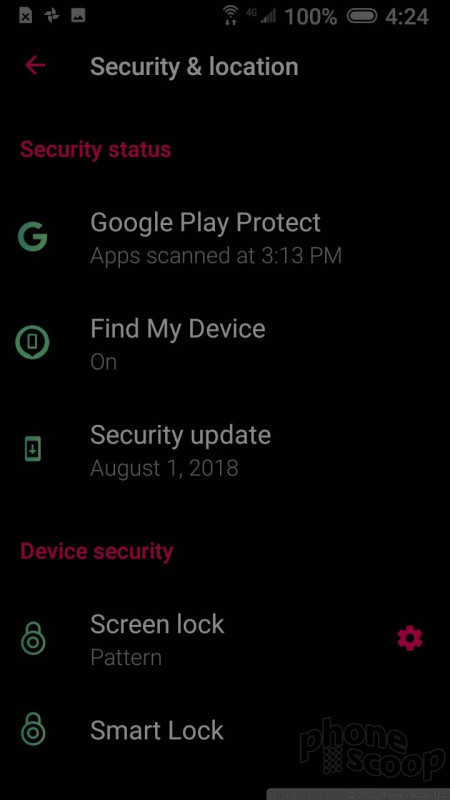





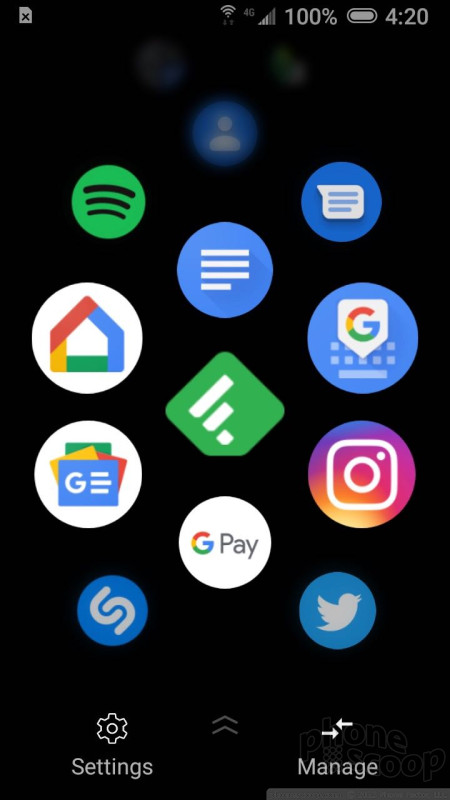





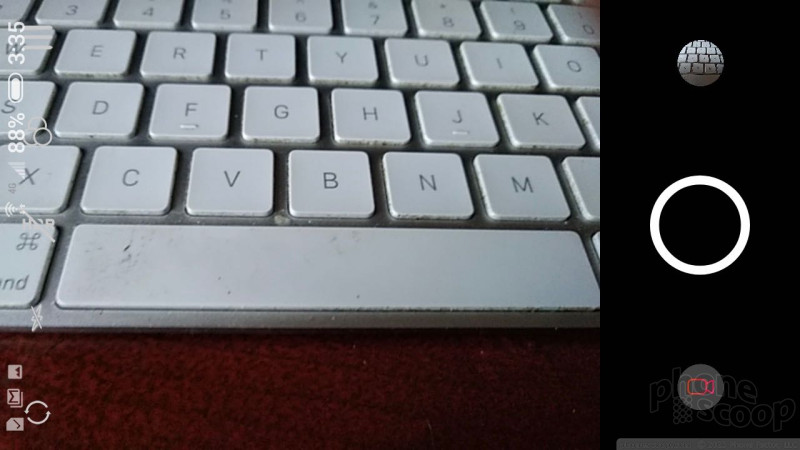






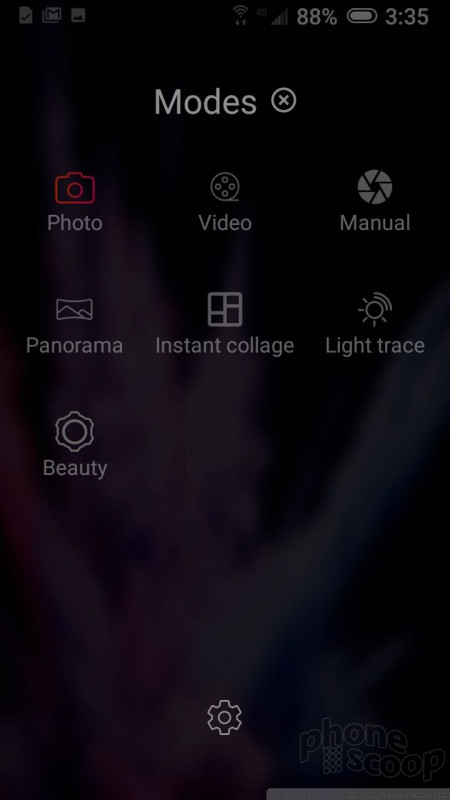



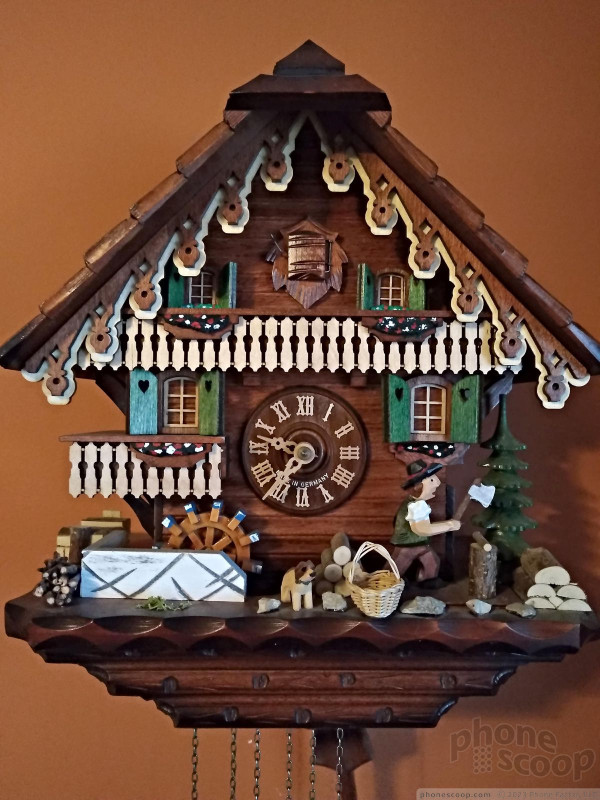













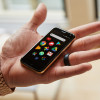 Palm Now Works as Standalone Phone
Palm Now Works as Standalone Phone
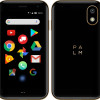 Verizon's Palm Device Available to Buddy Up with Your Phone On November 2
Verizon's Palm Device Available to Buddy Up with Your Phone On November 2
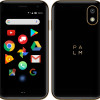 Palm Comes Back from the Dead With Pint-Sized Verizon Exclusive
Palm Comes Back from the Dead With Pint-Sized Verizon Exclusive
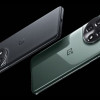 OnePlus 11 Pumps up Flagship Specs
OnePlus 11 Pumps up Flagship Specs
 Palm
Palm









